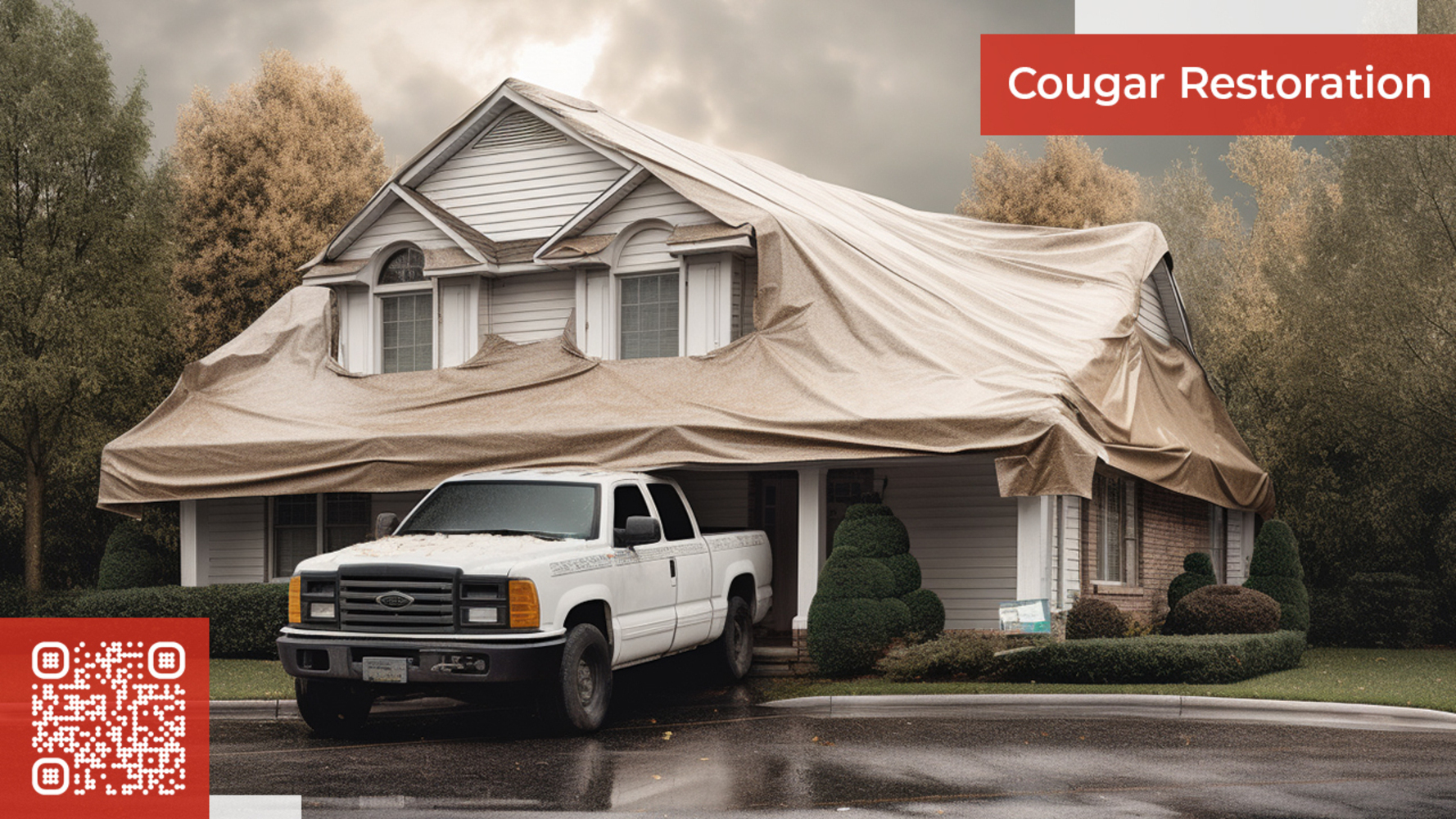Mold in crawl spaces can cause serious issues, from structural damage to health risks. Preventive measures are vital to maintaining a safe and mold-free environment. This guide covers essential tips for preventing mold growth in crawl spaces, focusing on effective moisture control and regular maintenance practices.
1. Control Moisture with Proper Ventilation
Poor ventilation is a leading cause of mold growth in crawl spaces. Without adequate airflow, humidity can build up, creating the perfect environment for mold. Vents or exhaust fans help regulate humidity levels and allow damp air to escape.
- Tip: To inhibit mold growth, aim to keep humidity levels below 60%. If necessary, use a hygrometer to monitor and adjust humidity as needed.
2. Install a Vapor Barrier
A vapor barrier is a protective layer, usually made of plastic, installed over exposed soil in the crawl space. It prevents ground moisture from seeping into the air, significantly reducing humidity levels. Vapor barriers benefit areas with high groundwater levels or during wet seasons.
- Tip: Opt for a vapor barrier that covers the entire crawl space floor and extends slightly up the walls for best results. This will provide complete protection against ground moisture.
3. Address Drainage Issues
Improper drainage can lead to standing water in your crawl space, which promotes mold growth. To avoid this, ensure water is directed away from your home’s foundation. Gutters and downspouts should be maintained appropriately to channel water away from the crawl space.
- Tip: For persistent water issues, consider installing a perimeter drain or a sump pump to handle excess water effectively.
4. Use a Dehumidifier
A dehumidifier is a reliable way to maintain low humidity levels in a crawl space, especially in areas with naturally high humidity. Dehumidifiers remove excess moisture from the air, keeping the environment dry and discouraging mold growth.
- Tip: Choose a dehumidifier specifically designed for crawl spaces. These units are typically more compact and energy-efficient. Set the dehumidifier to maintain a relative humidity level below 60%.
5. Seal Any Cracks or Gaps
Cracks and gaps in crawl space walls or around entry points can allow moisture to enter, making mold prevention more challenging. Inspect your crawl space periodically and seal any cracks, holes, or gaps to keep out water and pests contributing to mold growth.
- Tip: Use waterproof caulk or expanding foam to seal openings, ensuring a tight, moisture-resistant barrier.
6. Regularly Inspect Plumbing for Leaks
Leaking pipes in or around the crawl space can introduce constant moisture, creating ideal conditions for mold. Regularly inspect pipes that run through or near the crawl space, addressing leaks promptly to prevent water buildup.
- Tip: Wrap pipes with insulation to prevent condensation, which can lead to mold if left unchecked.
7. Schedule Routine Crawl Space Maintenance
Preventing mold requires consistent care and maintenance. Regular inspections allow you to catch early signs of moisture problems, mold growth, or structural issues before they escalate. Professionals can assess the condition of your crawl space, identify potential issues, and recommend solutions to maintain a mold-free environment.
- Tip: Consider scheduling a professional crawl space inspection at least once a year. This ensures that any emerging issues are addressed early, reducing the risk of mold growth.
Why Professional Help is Beneficial
While DIY measures are adequate for essential maintenance, professional services provide thorough mold prevention and remediation. Experts like Cougar Restoration Inc. in Tigard, Oregon, offer comprehensive crawl space maintenance services, from moisture control to mold removal, helping to keep your home safe and mold-free.
Get In touch with them at:
Cougar Restoration Inc.
16285 SW 85th Ave Tigard, Oregon 97224
(503)349-5538
https://cougarrestoration.com/
Read Our Blog About Crawl Space Encapsulation




No comments:
Post a Comment